In September 2021, independent battery performance tester ITP Renewables (ITP) released the latest bi-annual public report on its “Lithium-ion Battery Testing”. Supported by a $1.29 million grant from the Australian Renewable Energy Agency (ARENA), ITP tests the reliability and performance of a range of battery technologies at the Canberra Battery Test Centre.
A standout performer from the ongoing testing is Italian inverter specialist Fimer’s React 2 solar inverter and storage solution, an 8 kWh (nominal) Lithium-Nickel-Manganese-Cobalt (Li-ion NMC) phase 3 battery. ITP has experienced no operational issues with the battery.
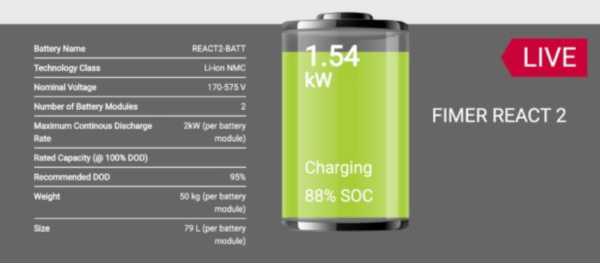
Image: ITP Renewables
ITP Renewables methodology uses accelerated cycling in the lab to attain faster results. As Susan Dedman, a project engineer at ITP Renewables, related in pv magazine Insight Australia 2021, “The batteries are cycled three times through their full useable capacity per day.” Each cycle consisting of full charging and fully discharging a battery by the maximum normal usage. “The nominal trial period is three years,” continued Dedman, “so at the end of that period we will have almost the equivalent of 10 years cycling data.”
ITP also aims to recreate real-world conditions for the batteries to cycle in, meaning the lab’s temperature is altered depending on the time of day and year.
“Capacity tests” are performed monthly whereby ITP measures how much energy is discharged. The Fimer React 2 is the only phase 3 battery that has completed more than 1,000 cycles, having completed over 1,320 cycles, and having managed to retain over 88% of its initial capacity, marking only a 3% loss in over 450 cycles since March. And thanks to its modular design, its capacity can be increased from 4 kWh through 8 kWh to 12 kWh depending on the application.
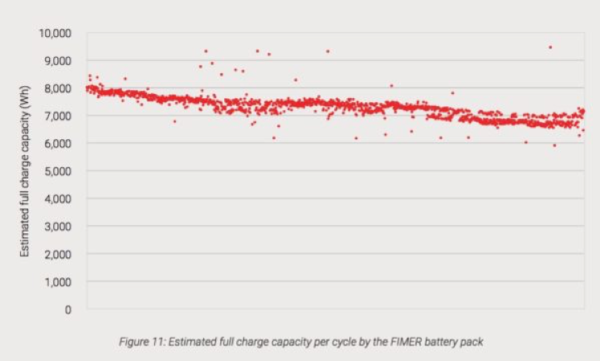
Dedman noted that while some of the batteries in testing are retaining their capacities well, the number of issues across the board means “the industry as a whole still has improvements to make in operational reliability, with issues often coming out of battery management, integration and control.”
This further emphasises the battery and inverter integrated React 2’s solid performance in testing, especially as one of the broadest findings ITP’s testing project has provided so far is that residential batteries can be quite unreliable.
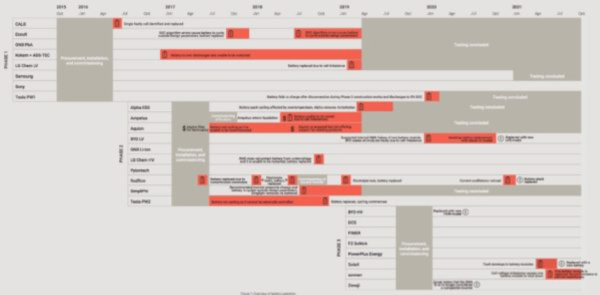
As you can see from the above overview, in which red represents issues experienced by batteries under testing, to use Dedman’s words “there is really quite a lot of red on this graph, and going into the trial we hadn’t expected the operational data to be so valuable. And it has really highlighted how important technical support is after the sales process.”
Compared to other phase 3 batteries in ITP’s ongoing testing, the Fimer React 2 is both high-performing and consistent, particularly when it comes to lifetime round-trip efficiency, and though the Tesla Powerwall 2 is shown with its AC losses, the React 2 would likely remain the top performer.
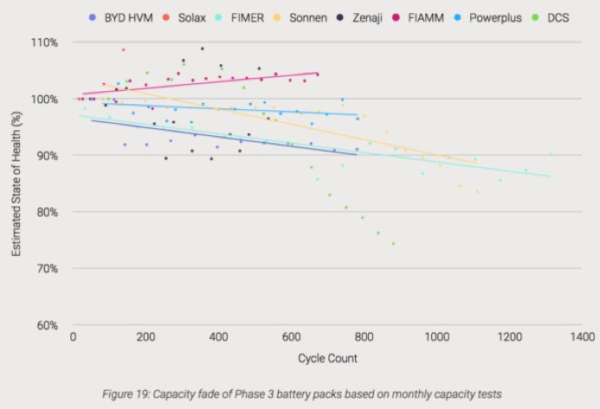
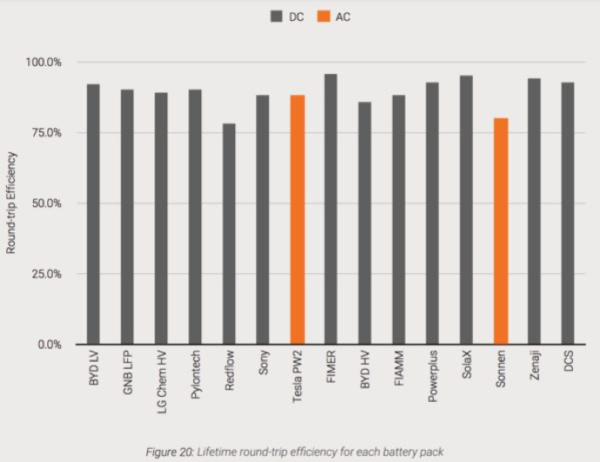
At this juncture, in which the cost of batteries has fallen, and solar panel installations continue to accelerate, many people are asking themselves the tricky question of which system to install. Because the React 2 is a hybrid system with a strong ongoing test record, it should rank pretty high in your calculations if you’re considering installation of a whole new solar + storage system.
But if you already have a solar system installed, the React 2 is also a strong option thanks to its retrofitting capability. What is more, retrofitting with a hybrid storage plus inverter system saves on some conversion losses.
Fimer’s remote monitoring Energy Viewer mobile app is another big plus, and a factor some competing systems trip over. Being able to see how your system is operating provides an extra layer of system efficiency, for it allows users to examine their habits and behaviours and make small changes to live more sustainably, while saving more money on their electricity bills. This is especially important as payments for exports the grid continue to drop with wider solar uptake. The more efficient your solar + storage system is, the less you’ll need to call on the grid at all, and the more savings can accrue to make up some of the difference.
Fimer’s React 2 is available on the South Australian home battery scheme, the Victorian battery scheme and the NSW Empowering Homes program (provided it is installed by an approved installer).
This content is protected by copyright and may not be reused. If you want to cooperate with us and would like to reuse some of our content, please contact: editors@pv-magazine.com.

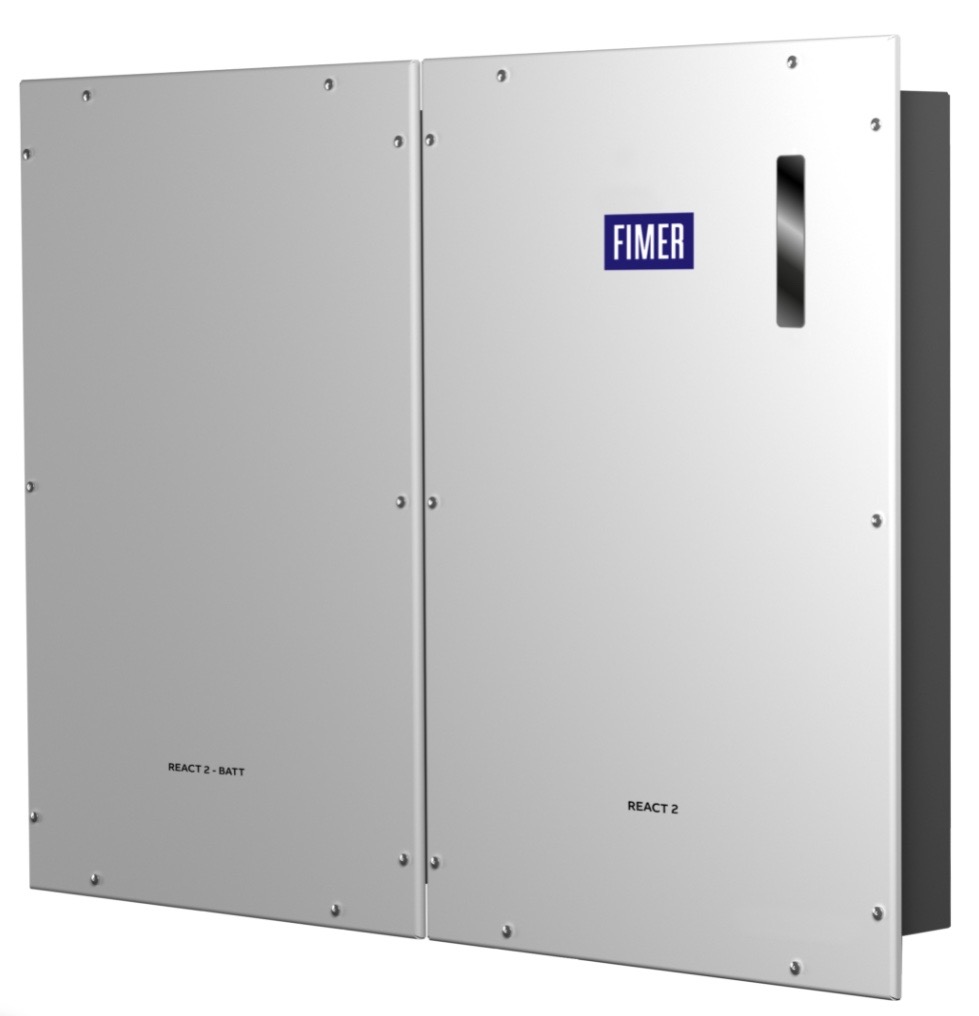
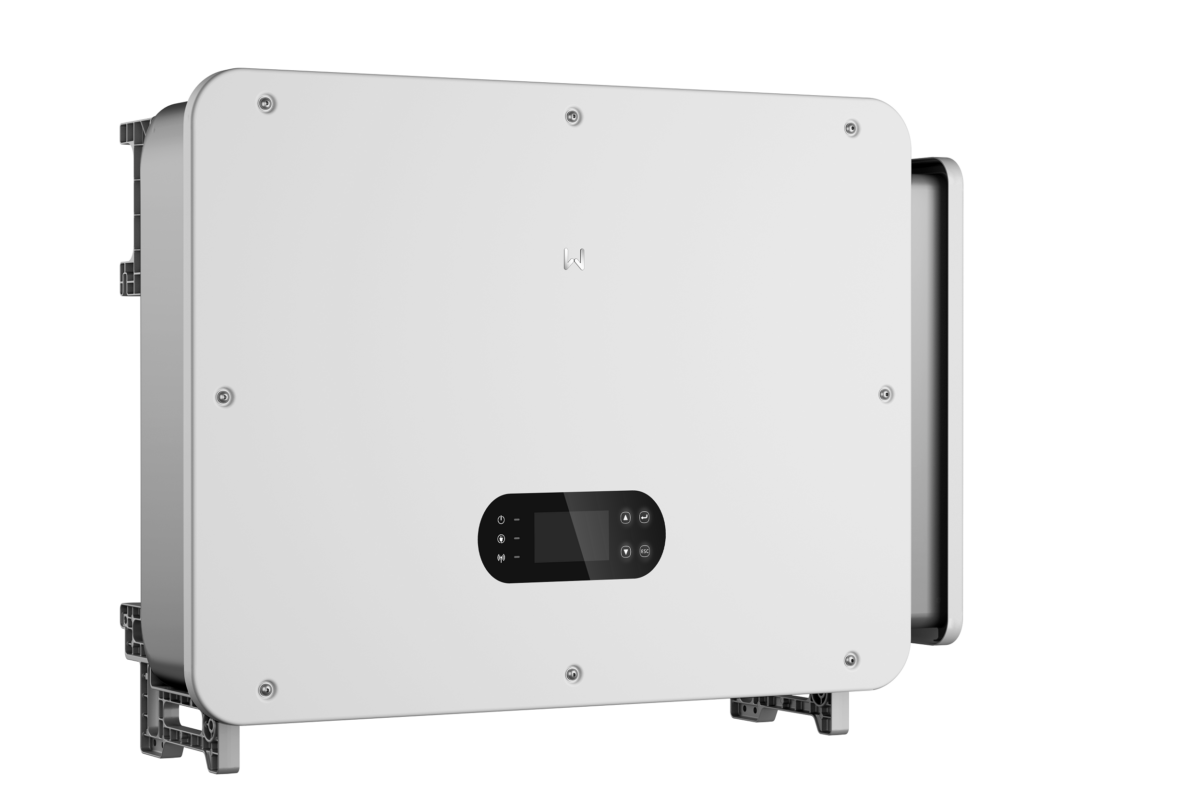

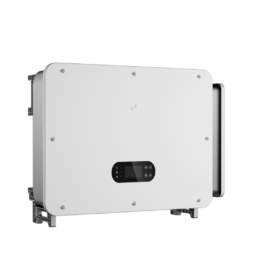

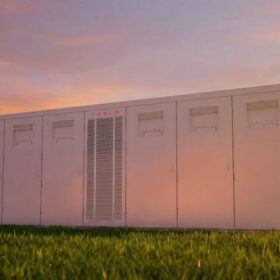
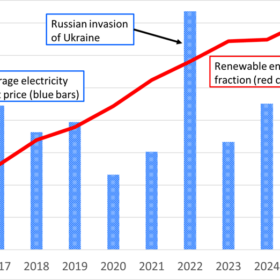
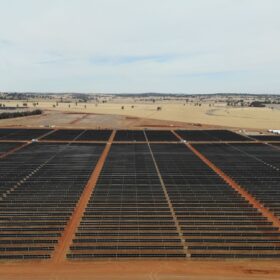
Hi FIMER,
This is Ben from Taiwan.
It is great to read this article.
The performance of React 2 looks good, but here is a thing.
In respect to the chart of Healthy v.s. cycle count, how you treat the trend of FIAMM’s?
The point I want to highlight is that after many hundreds of operating cycle, the capacity is actually higher than beginning. Quite interesting, isn’t it?
Would you like to share your opinions?
Many thanks.
Cheers,
Ben
Hi Ben, thanks for your question and glad you enjoyed the article. We put your question to Susan Dedman, a project engineer from ITP Renewables, and she provided this response: “We conduct monthly ‘capacity tests’ on the batteries, which are performed by discharging the batteries at a constant rate between the maximum and minimum SOC, at a set ambient temperature. Although these variables are controlled, there are so many factors which can affect how much energy is discharged; for example, actual battery temperature, and SOC estimation by the BMS or inverter. For this reason we have moved to including data in the reports on how much energy is discharged every cycle, rather than only looking at a single cycle per month. If looking at this data for the FIAMM, there is actually slight capacity reduction (the data suggests SOH of 98% after ~760 cycles).”
Hope that clears up any confusion for you Ben, all the best.